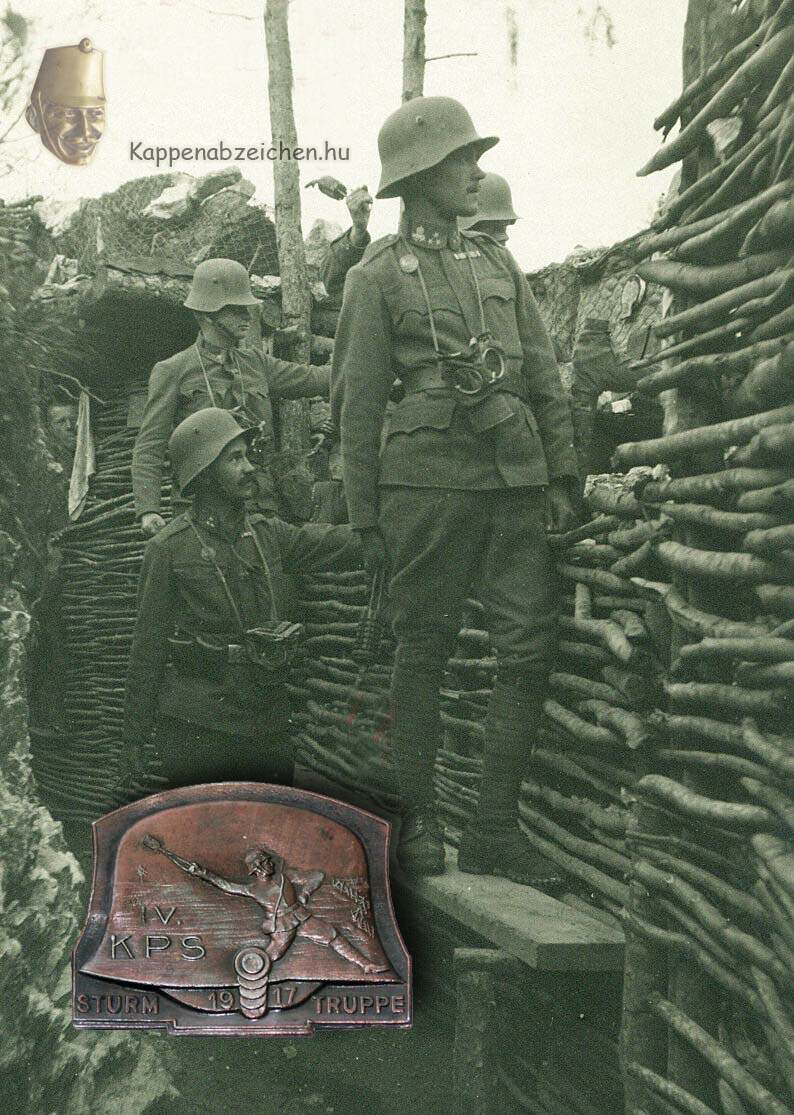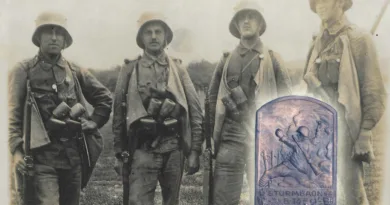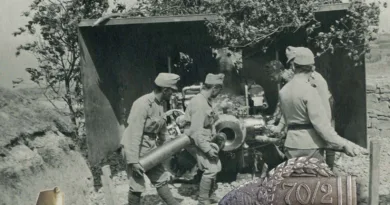M 15 “corn” hand grenade
At the beginning of the Great War, the use of hand grenades was not common among the warring parties. The German and Turkish armies were rather well-equipped, and the other armies made efforts to improve the production of hand grenades when trench war became most common. Thus, the Monarchy was only able to produce sufficient quantity by 1917 so that it was not destined for German deliveries. But this was only achieved by using all designs of each company. Front units on the battlefield also prepared grenades for themselves. Hand grenades produced under a German license, which have already been discussed here, were used in relatively large quantity. There was also substantial production of hand grenades with timed fuse, which the soldiers called corn grenades because of the shape of the explosive body.

The explosive body of the corn grenade was made of notched cast iron. When the charge placed inside exploded, the shell of the grenade split into pieces, which caused the devastating effect. In the case of other grenades, balls placed inside the grenade body and flying apart upon explosion fulfilled this role. The grenade was equipped with a timed fuse. The fuse connected to the upper end of the grenade body ignited after tearing off the casing and ignited the explosive material placed inside the body after 8 seconds. A hanging handle made of steel wire was attached to the other end of the grenade. With this, the grenade could be inserted into the waist belt, and when thrown, this part served as the handle of the grenade. The rifle grenade was used to deliver a grenade with a similar structure to a more distant target. This had a similar explosive body, but instead of a bent wire hanger, it had a straight wire shank that could be inserted into the barrel of the rifle before firing. The igniter of this grenade was not located above, but on the other side, next to the wire stick.

Assault teams were equipped with a mix of different grenades. The most useful was the German-style hand grenade with a handle. Perhaps it is no coincidence that most assault troop insignia depicted this grenade or a ball-head grenade equipped with a similar (non-flame) igniter. I know of only one Kappenabzeichen that specifically shows the wire-handled corn grenade, it is the insignia of the assault troop of the IV Corps. In contrast, many contemporary photos show the use of corn grenades as the one inserted in this post.




